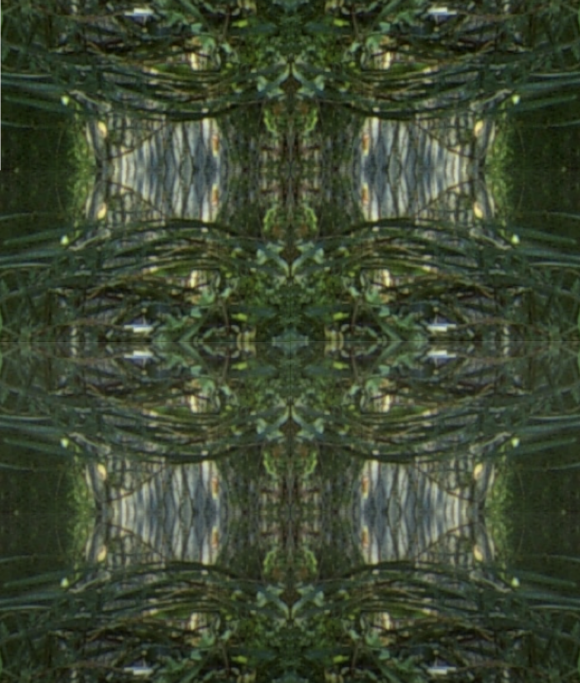When I wrote about projection and the mirror of Narcissus last week, I realized there is a hidden connection between some of the topics I recently discussed. (For the moment, this is just a footnote; but I suspect this will come to play an interesting role when we go deeper into the Narcissus interpretations.)

In the spirit essay (at GW IX/I, §393), Jung lists three original characteristics of spirit, two of which have to do with images: spirit, he says, has the property of free image creation independent of sense perception, and autonomy in manipulating images. In Psychology & Alchemy (at GW XII, §186), he similarly ascribes an autonomy to the psyche as a whole: it “mirrors, in the play of its images, not the world but itself; although it makes use of the facilities of representation given to it by the sensible world, in order to impress its images. The sense datum […] is selected and used autonomously.”
This is reminiscent of the mirror theory of eros (from the neo-Platonist Renaissance), where erotic passion is accounted for in terms of a phantasma (the image of the beloved person) “taking possession of the spiritual mirror”. And the latter phrase is shorthand for the notion that the spirit acts as a mirror through which the soul can access what the senses take in from the external world. (The soul, so to speak, is blind: it has access to the content of sense perceptions only after spirit has imported them into the psyche.)
We shouldn’t too uncritically equate Jung’s terms with those of Ficino (and Couliano), of course — “spirit”, “soul” etc. may mean quite different things in these contexts. But I think they are close enough to supplement each other towards a picture where spirit refers to those psychological functions that connect to the outer world (shaping perceptions and forming images, i.e. memories or fantasies using them as raw materials), whereas the soul contributes the patterns from the inside which can more or less take possession of those former functions. Erotic passion — seeing the beloved everywhere, perceiving everything in the world in relation to them — is precisely one such archetypal pattern, of course, an experience generally shared among human beings.
(As I have argued, this does not commit us Couliano’s view that, since the phantasma or image of the loved person has monopolized the subject’s spiritual mirror, the subject “has become” that phantasma and therefore erotic love must be narcissistic.)



